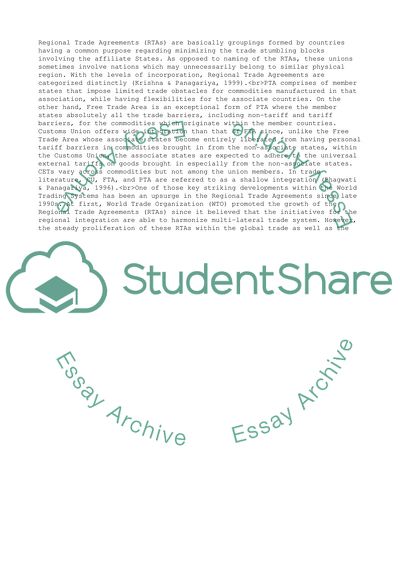Cite this document
(Essay - International Business - WTO Doha Round and RTA, n.d.)
Essay - International Business - WTO Doha Round and RTA. https://studentshare.org/macro-microeconomics/1805606-essay-international-business-wto-doha-round-and-rta
Essay - International Business - WTO Doha Round and RTA. https://studentshare.org/macro-microeconomics/1805606-essay-international-business-wto-doha-round-and-rta
(Essay - International Business - WTO Doha Round and RTA)
Essay - International Business - WTO Doha Round and RTA. https://studentshare.org/macro-microeconomics/1805606-essay-international-business-wto-doha-round-and-rta.
Essay - International Business - WTO Doha Round and RTA. https://studentshare.org/macro-microeconomics/1805606-essay-international-business-wto-doha-round-and-rta.
“Essay - International Business - WTO Doha Round and RTA”. https://studentshare.org/macro-microeconomics/1805606-essay-international-business-wto-doha-round-and-rta.


